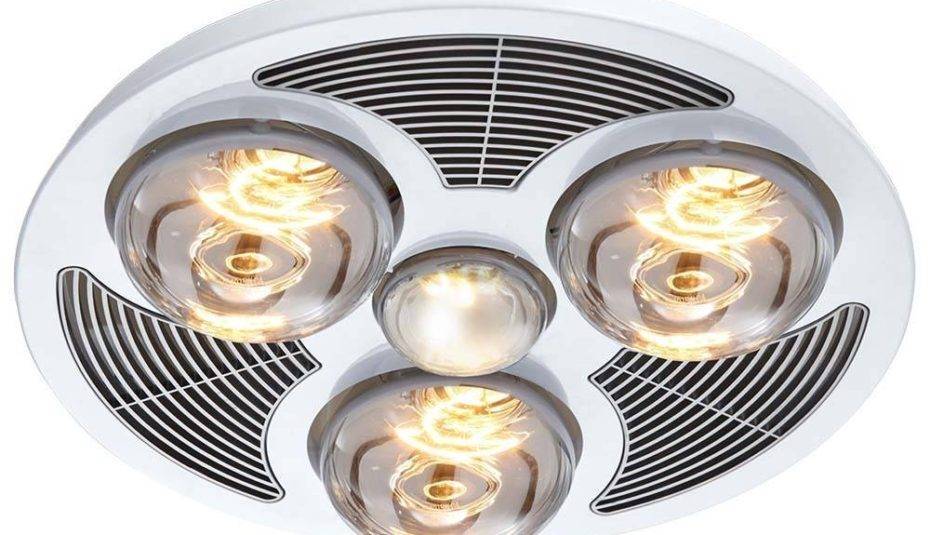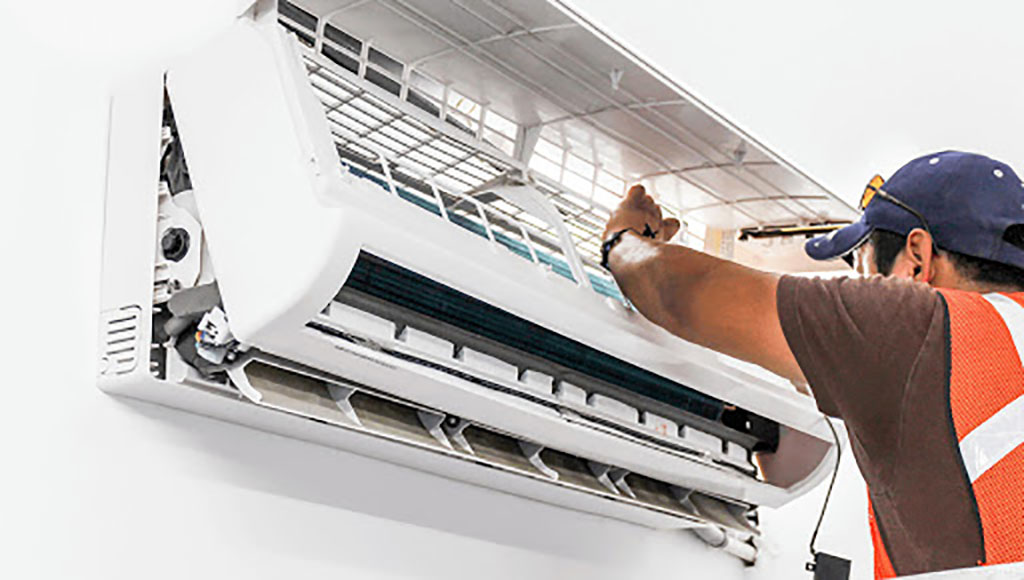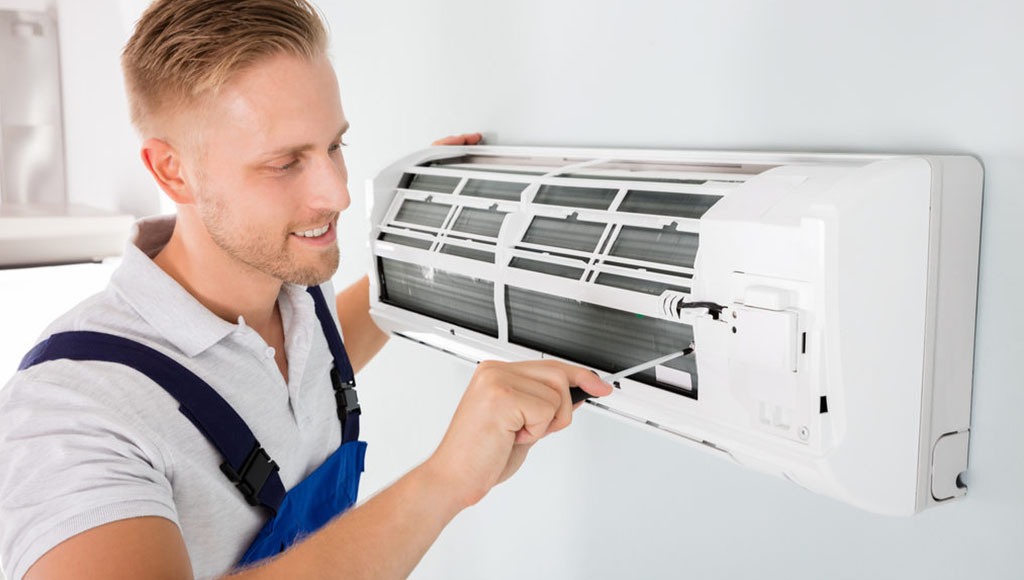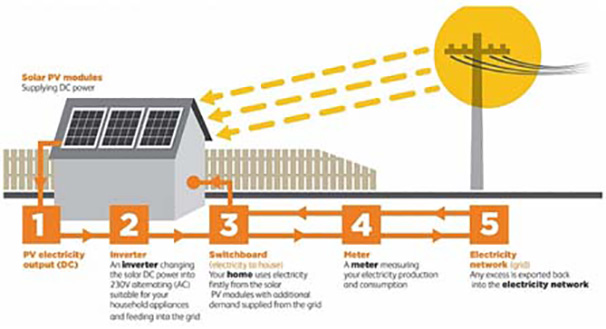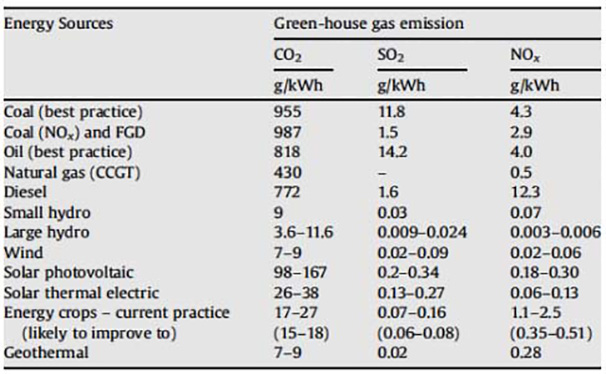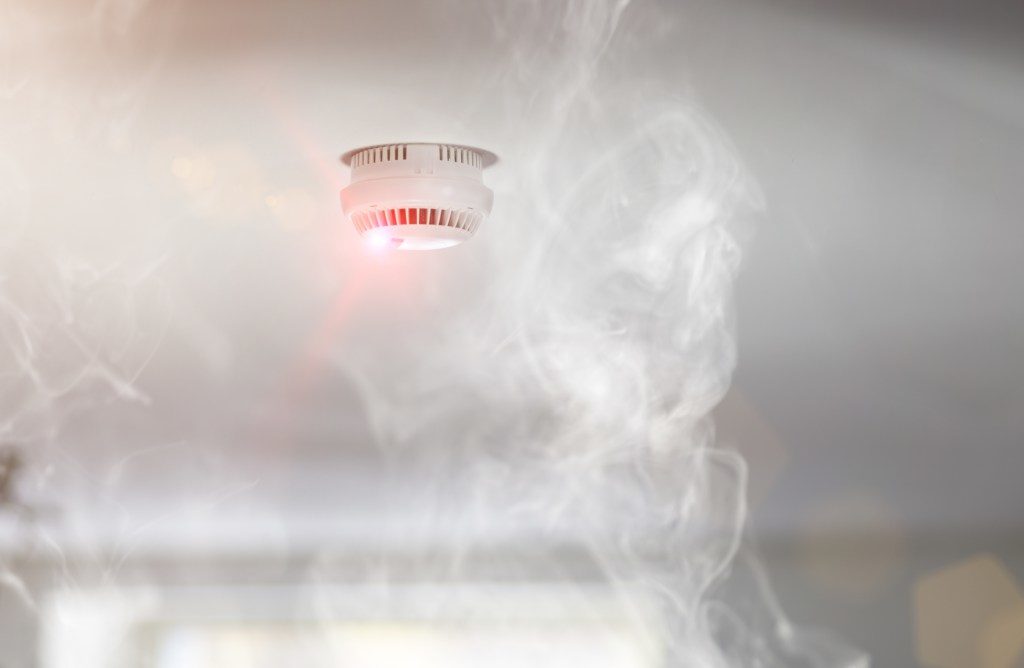Same Day Service
We know that life in unpredictable and things don’t always go your way. Call us for an over the phone quote and we’ll attend the job the same day.
*Quotes given over the phone are an estimation of the overall costs of the job. Same Day Service on Saturday’s will incur a 25% additional surcharge and Same Day Service on Sunday will incur an additional 100% Surcharge.
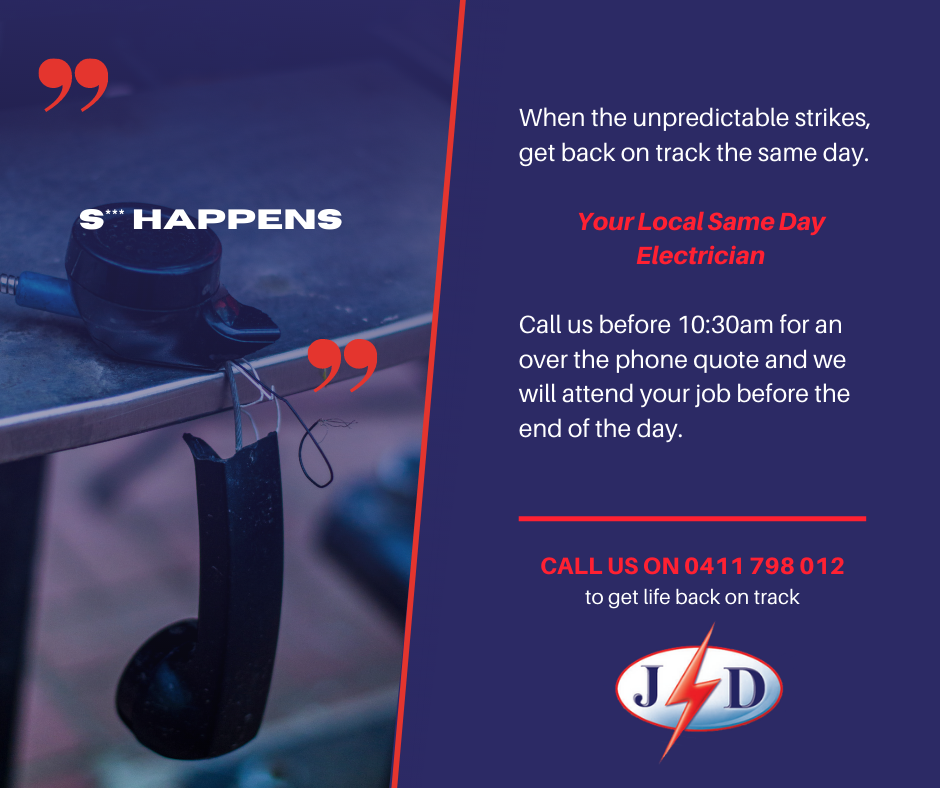
WHAT SERVICES WE PROVIDE
JD Electrical Australia provide the following services:
These are designed to give comfort in bathroom in winter months. The unit also has exhaust fan to clear the mist while having shower with hot water. The unit can be just used as light as well. The combination unit is designed so that it looks tidy in the bathrooms and serves multiple purpose.
These units are installed with three switches and they are labelled as heat light and fan. This gives liberty on user to turn on either light or heat lamps or just exhaust fan.
The Heat light Fan units are used all around the year and normally heat lamps are used in winter months to keep warm after getting out of shower and towelling.
There are many brands available and it is available in 2 heat lamps or four heat lamps. The units with 4 heat lamps have two switches controlling two heat lamps each.
JD Electrical Australia can supply and install the unit or can install only if the unit is supplied by the customer. It is a must in modern homes.
Safety Switches
saves lives and current legislation requires all the circuits to be fitted with safety switch.
JD Electrical Australia can supply and install safety switches to existing switchboards and also upgrade boards to meet the current legislation requirements. Its matter of safety and it is highly recommended that safety switches are installed on all the circuits.
Owners of domestic rental accommodation in Queensland must have a safety switch installed in their rental properties if one is not fitted.
Tenants
The regulations ensure people in domestic rental properties have the same protection from electric shock that homeowners have. The law now requires the installation of safety switches within three months of the sale of a domestic residence constructed prior to 1992.
If you do not believe a safety switch is installed at your rental property you can:
Split Air Conditioning Systems
Queensland has very hot summer and thus almost every modern homes and new builds have Air Conditioning installed either the central ducted system or split system. The reverse cycle is popular due to their usage as it can be used for heating as well. The Air Conditioners also have inverters and they have variable motor speed to suit the condition therefore cheaper to run. The energy rating on the systems are marked and most of them have good rating usually four and above. More stars mean more energy efficient .
work great in autumn and spring months when you have moderate weather and want to move the air for comfort.
The ceiling fans are available in many designs and most of them are cheap to run. The ceiling fans work great when you off to bed and you just want nice and quiet breeze. The designs vary and ceiling fans can be bought to match the house design. There are also some colour option available.
The ceiling fans are also available with the light attachment. It normally replaces the lights in bedrooms and used as fan and light combination. The fan light together looks neater in bedrooms compared to separate light and fan.
JD Electrical Australia can supply and install ceiling fan or ceiling fan with light. In most cases it is straight forward installation where the existing lights need replace with fan with light. We run extra cable for switching the fan and replace the existing switch with fan controller and switch on the same plate.
It gets tricky for installation where we are unable to run cable because on accessibility issues in roof cavity. Mostly two storey homes and apartments have no access into the ceiling space due to their construction structure. We install ceiling fan with the light and install remote control receiver in the canopy of the ceiling fan and use remote to control light and fan individually.
How much would Solar Panels save me?
Solar is a cost-efficient method in reducing the cost of your electricity bill by offsetting the energy usage from the grid to your personal generation through solar panels. Current legislation allows for users of renewable energy to be rebated an amount dependent on their energy provider. (more information on
https://www.legislation.gov.au/Details/C2019C00061) The amount of rebate you are liable for can be found using the Australian Government EnergyMadeEasy website; https://www.energymadeeasy.gov.au/.
On average a household uses 6.1 Megawatt-hours a year (Queensland Government, 2018) which can be completely offset with a 4.0 kW system producing 16.8kWh daily in Brisbane. (Clean Energy Council) In turn this produces 6.132MWh per year.
Are Solar Panels good for the Environment?
Overall solar energy has no direct Green House Gas emissions from its energy generation, however the production of the materials of solar panels are energy intensive. (Jeremy Moss et al, 2014) Comparatively, energy generation between solar panels and fossil fuels like coal and gas are simply cleaner under solar panels with a study conducted in 2008 producing the following findings.
(Source: Akella et al, 2008)
Overall solar energy generation is almost a 10 th in terms of carbon dioxide and a much lesser fraction of sulphur dioxide and nitrogen oxides. However, as the environmental impact is largely associated with the production of solar panels, longevity of the panels decreases the environmental impacts significantly.
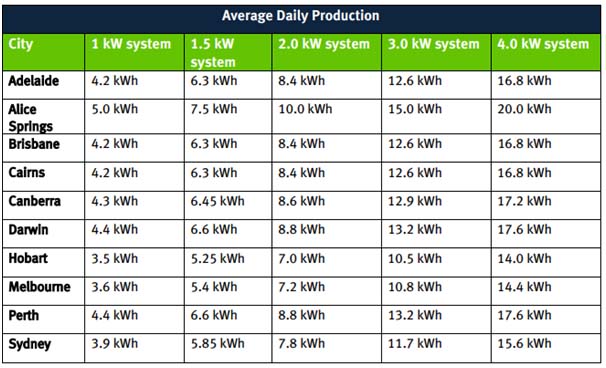
What is a photoelectric smoke alarm?
A Photoelectric smoke alarm contains a photo cell and a light beam that shines away from the cell. As soon as the smoke enters the test chamber, some of the light is dispersed by the smoke particles and strikes the cell, which triggers the alarm. They respond to a wide range of fires but are especially susceptible to smouldering fires and dense smoke emitted by foam-filled furnishings or burnt PVC wiring. A few advantages of photoelectric smoke alarms is that they are not as prone to cooking nuisance alarms and contain no radioactive
materials.
If a fire starts, the fumes emitted can overwhelm you. The purpose of smoke alarms is to detect smoke and provide an early warning. With interconnected alarms, the warning will be triggered no matter where you are, or where the fire starts. This is especially useful when you are asleep, as your sense of smell weakens.
Hardwired 240v
A hardwired smoke alarm is connected to the mains power and has a battery back-up. The battery back-up works if the power fails.
The battery back-up must work under normal operating conditions as follows:
Note that hardwired smoke alarms must only be installed by a licenced electrical contractor in accordance with the Queensland Electricity Safety Act.
Battery Powered
The battery must be non-removable and provide power to the smoke alarm for at least 10 years without being recharged.
If cooking sets off the smoke alarm, do not disable it. Turn on the rangehood/exhaust fan, open a window or wave a handtowel near the smoke alarm until it stops beeping. Use the hush button if the smoke alarm has it. If issues persist, consider relocating the smoke alarm.
Every month check the smoke alarm by pressing the test button. If you cannot reach the button, use a long object such as a broom handle.
Replace the back-up battery on hardwired alarms:
Most alarms will emit a short ‘BEEP’ when the batteries are low. This is a reminder to replace the battery.
Smoke alarms must never be painted.
Smoke alarms have a limited lifespan of 10 years (under normal use conditions). They should be replaced before to the expiry date stated by the manufacturer.
For 10-year,non-removable, battery smoke alarms, the entire smoke alarm must be replaced after 10 years.
Specialty smoke alarms are also available, including those for deaf and hearing-impaired people.
When it is time for your smoke alarms to be upgraded, those alarms must:
Any existing smoke alarm being replaced from 1 January 2017 must be photoelectric and must comply with Australian Standard 3786-2014.
If the smoke alarm is hardwired it must be replaced with a hardwired photoelectric smoke alarm.
It is possible to have a combination of smoke alarms (mains powered, and battery operated) and so long as they can be interconnected.
What our CUSTOMERS say
“I have used many electrical contractors over the years and since discovering JD Electrical I have never used any other electrician as I have been very impressed with their fantastic level of service. JD really goes out of his way to help us out, charges very competitive rates and is a real pleasure to deal with – very professional. Thanks again JD, your excellent service is very much appreciated here.”
“Over the past 3 years we’ve had many dealings with JD, therefore had the opportunity to really appreciate him as a quality tradesman you can rely on. He is reasonably priced, prompt in response, and very pleasant.
On every occasion in his dealings with us he has been a competent helpful professional. Michael and I have no hesitation in recommending JD.”
“The Information Management Group has utilised the services of JD Electrical for the past 6 years. We have been very happy with the service JD and his team have given us over this time. He arrives when he says he will and cleans up after him better than how he found it.. There have been occasions where I have had to call the afterhours and he has arrived willingly to assist with the issue and solved the problem.”


